Wisconsin gets $2.5 million to study Amtrak expansion from Milwaukee to Green Bay, Madison
State and local officials received five $500,000 federal grants to study expanding Amtrak passenger rail service from Milwaukee to Chicago, Green Bay, Madison, Eau Claire and the Twin Cities.
U.S. Sen. Tammy Baldwin on Wednesday announced the five routes received planning and development grants through the Federal Rail Administration's Corridor ID Program. The program is a first step toward being able to tap $66 billion in rail expansion funds included in the bipartisan Infrastructure bill.
“Passenger rail helps people get to work and school safely, boosts tourism and recreation, and grows our local economies, and I am proud to deliver funding to help expand it in Wisconsin,” Baldwin, D-Wis., said in a media release.
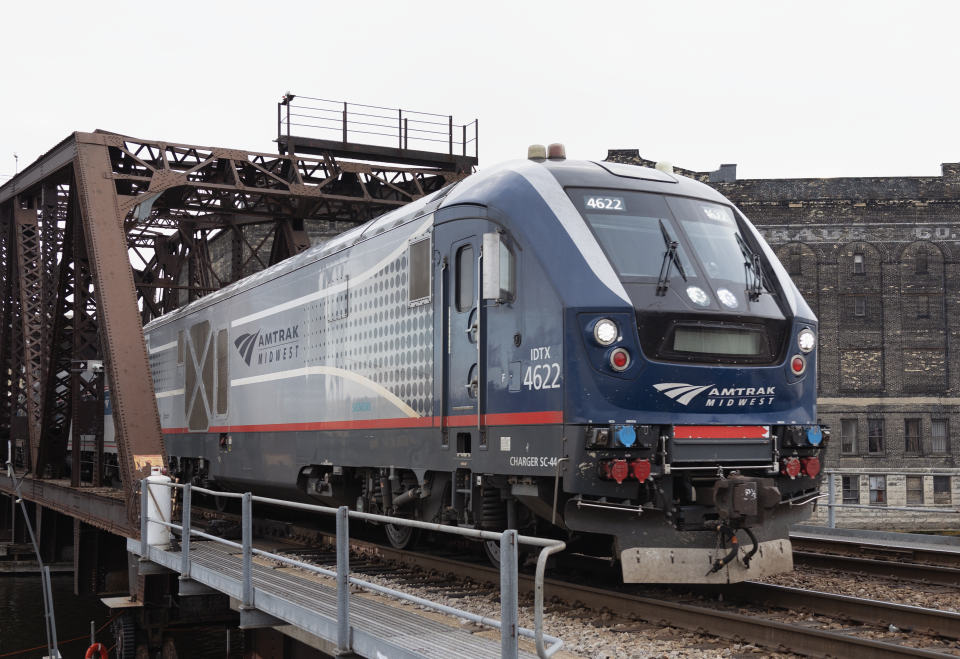
Three of the routes selected would be new train service out of Milwaukee — to Green Bay, Madison and Eau Claire. The other two awards will explore expanding Amtrak's existing Hiawatha schedule between Milwaukee and Chicago and its Empire Builder schedule line between Chicago and the Twin Cities via La Crosse.
Larry Rueff, a member of the advocacy group NEW Rails and longtime supporter of Amtrak expansion to northeastern Wisconsin, said he was "really happy" to learn five Wisconsin projects were selected.
"I think it's great we can use federal planning dollars to look ahead," Rueff said.
Green Bay Mayor Eric Genrich tooted the region's horn over being selected, but also noted Corridor ID is merely the first stop on the region's journey, not the end of the line.
"We are thrilled to have the extension of passenger rail service to Green Bay included in USDOT’s Corridor ID and Development program," Genrich said. "This decision is not the end of the line, but it’s a critical piece of the journey to restore passenger train travel to Green Bay."
Genrich said he looks forward to working with state and local officials and rail service supporters "to determine the best path forward for our community and region."
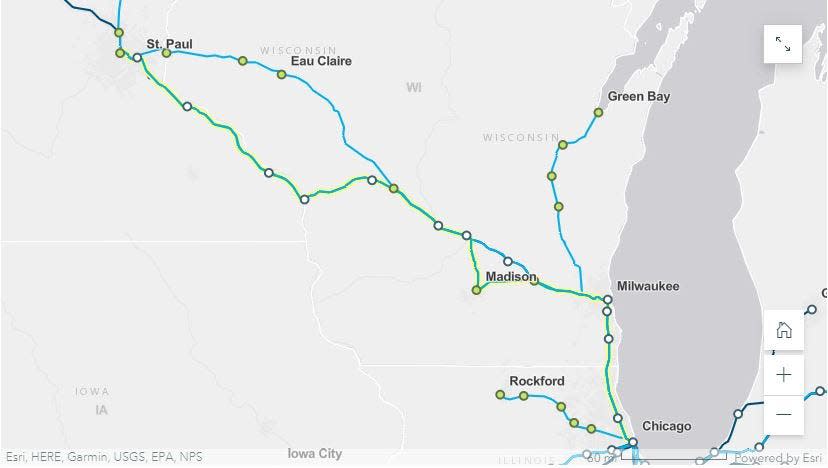
Amtrak expansions would connect Wisconsin's largest regions with Chicago, Twin Cities
The five routes picked for further study would extend service out of Milwaukee to the 500,000-plus residents in the Madison metro area, the more than 820,000 residents along the I-41 corridor between Fond du Lac and Green Bay, and the 160,000-plus residents in Eau Claire.
Rail expansion to Waukesha County, Madison, Green Bay and other communities could attract 250,000 new riders within a decade and 1.6 million by 2050, according to Wisconsin Department of Transportation data published in May.
The routes and proposals to be studied are:
Milwaukee to Green Bay: Extend the current Chicago-to-Milwaukee Hiawatha service north to include stops in Fond du Lac, Oshkosh, Appleton and Green Bay.
Milwaukee to Chicago: Improve the existing service and explore adding additional service to the current schedule.
Milwaukee to Madison, Eau Claire: A new service from Milwaukee to Madison and Eau Claire with added stops in Oconomowoc and Watertown.
Eau Claire to the Twin Cities: A new service to connect Eau Claire to the Minneapolis-St. Paul area.
Chicago-Milwaukee-La Crosse-Twin Cities: Add another daily round-trip to Amtrak's existing Empire Builder service between Chicago and St. Paul with stops in Milwaukee and La Crosse.
Amtrak expansion analysis: Kathleen Gallagher: Midwest economy will benefit from long overdue Amtrak expansion
$500,000 grants will gather input, answer key questions like frequency, viability, station locations and costs
WisDOT and local communities who backed the request to be included in the Corridor ID Program will use the grants to develop more detailed plans for what rail expansion would look like.
Baldwin's office noted the funds will be used to answer details about the frequency trains would run, scheduled times of day, station locations, infrastructure improvements needed, ticket prices and estimates on what it would cost to run the expanded services.
Genrich invited rail expansion supporters and skeptics alike to get involved and provide input as communities and WisDOT study the service plans.
"This is really the process through which we find out if this is feasible, reasonable and effective for the region," Genrich said. "Regardless of how it comes out, I think it will be really valuable to all of us."
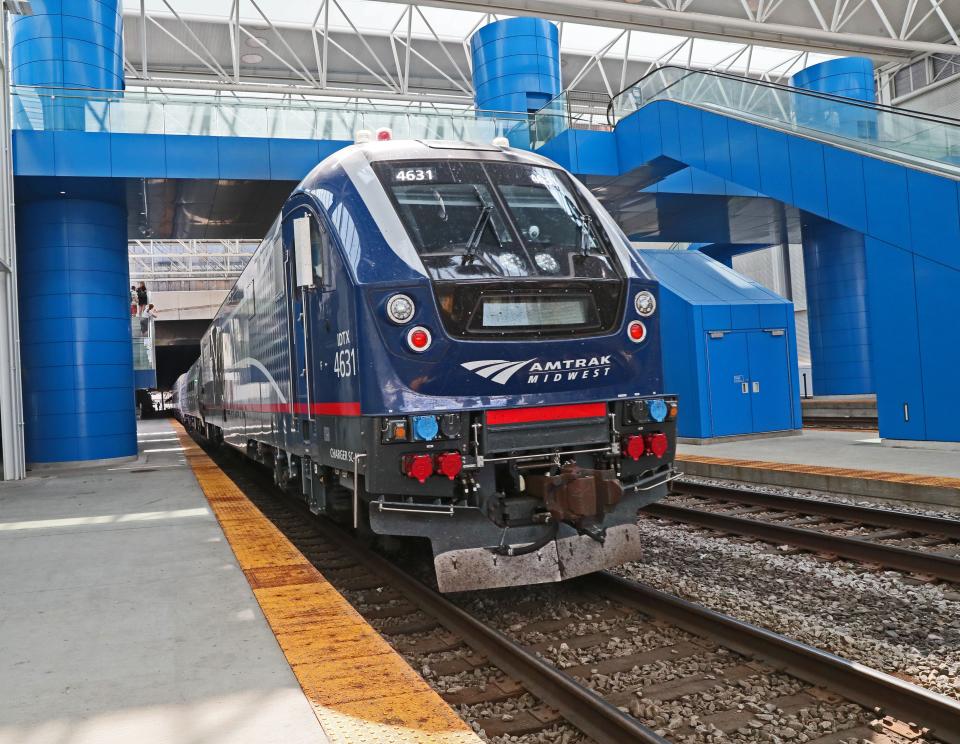
Amtrak expansion in Wisconsin would likely need state funding
The push to expand Amtrak service into more regions of Wisconsin has its share of critics and opponents, including several in the Wisconsin Legislature. Rail expansions like the five Wisconsin routes to be studied would require the state to pay any operating costs that ticket revenues do not.
"We will need some kind of support from the state of Wisconsin to make this a reality," Genrich said.
State Assembly Speaker Robin Vos in December 2022 did not mince words on the topic: "No state funding," he said.
Republican state Sen. Eric Wimberger, whose district includes Green Bay and Marinette, said bus ridership between Green Bay and Milwaukee seems the most "cost-effective and practical" way to provide transportation options. He is confident the Corridor ID study will show train service to Green Bay would be expensive and ridership not there to cover operating costs, but said the study will help everyone make an informed decision.
"There's not enough information out there right now to make an informed decision," Wimberger said. "We'll see how it shakes out."
Bucks, Packers among more than 60 businesses, colleges, chambers and tourism groups to back rail expansion
The Green Bay Packers and Milwaukee Bucks joined more than 60 of Wisconsin's major employers and health care providers, tourism agencies, universities, technical colleges and business groups that signed a statement in support of passenger rail expansion in Wisconsin.
"We support the expansion of passenger rail service in high-potential Wisconsin corridors as a needed and worthwhile investment for the economic future of our state. Frequent service to more cities will help attract and retain business and the talent critical to its success; provide a convenient, economical, and environmentally friendly alternative to driving; accelerate economic growth opportunities; improve quality of life; increase tourism; and add resiliency to our transportation system," the statement reads.
Businesses that signed onto the letter include Mercury Marine, Cellcom, Madison Gas & Electric, Schneider National, UW Health and Festival Foods. Chambers of commerce and tourism agencies representing Eau Claire, Chippewa Falls, the Fox Cities, greater Green Bay, Madison and Oshkosh also signed the letter.
Packers President and CEO Mark Murphy on Thursday released a statement saying the team was very pleased with the support to study passenger rail expansion.
"Passenger rail has a rich history with the Packers and our fans, and its return would provide benefits to economic development and tourism, as well as add another great resource for everyone who lives and works in our region," Murphy said.
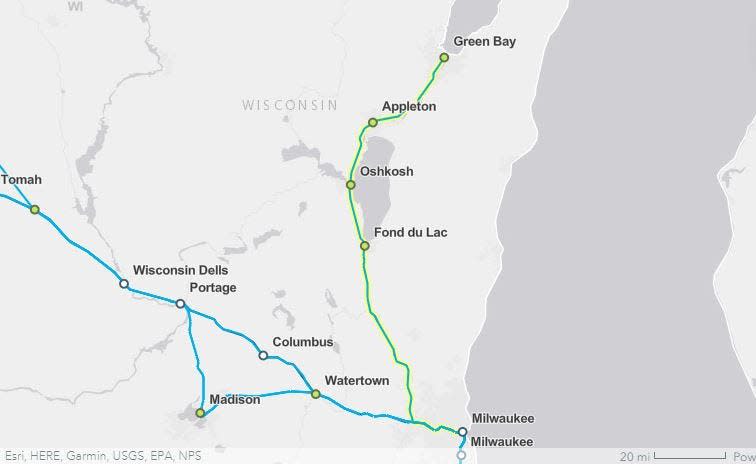
Appleton, Oshkosh, Green Bay mayors backed passenger rail expansion more than 50 years after last train left Green Bay
The last passenger train left Green Bay's Chicago and Northwestern Depot, on Dousman Street, in 1971. Some residents likely remember taking the train to watch the Green Bay Packers play the Chicago Bears in the 1950s and 1960s, too.
Rail advocates never gave up hope of restoring passenger train service to Green Bay, Appleton, Oshkosh and Fond du Lac. They got a glimmer of hope more than 50 years later when President Joe Biden signed the Bipartisan Infrastructure Law, which included $66 billion to extend passenger rail service to new cities and increase service on existing routes.
In December 2022, seven mayors and city managers from cities along Interstate 41 backed the request to include northeastern Wisconsin in Corridor ID.
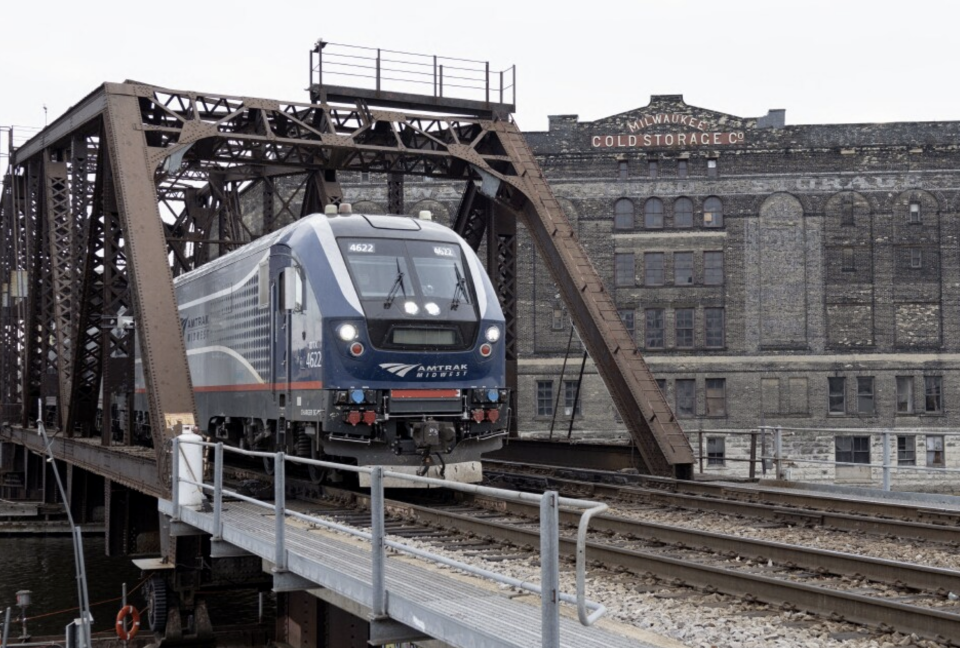
How long would Amtrak take to get from Chicago or Milwaukee to Madison?
Amtrak's ConnectUS vision for expanding Hiawatha rail service to Madison proposed four daily round trips between Chicago and Madison with Illinois stops in Chicago and Glenview followed by Wisconsin stops in Sturtevant, at Mitchell International Airport, in Milwaukee, Oconomowoc, Watertown and Madison.
Amtrak projected initial trip times of one hour and 48 minutes from Madison to Milwaukee and three hours and 18 minutes from Madison to Chicago.
Like in northeastern Wisconsin, the Madison-Milwaukee expansion garnered the support of government leaders from Madison, Pewaukee and Watertown.
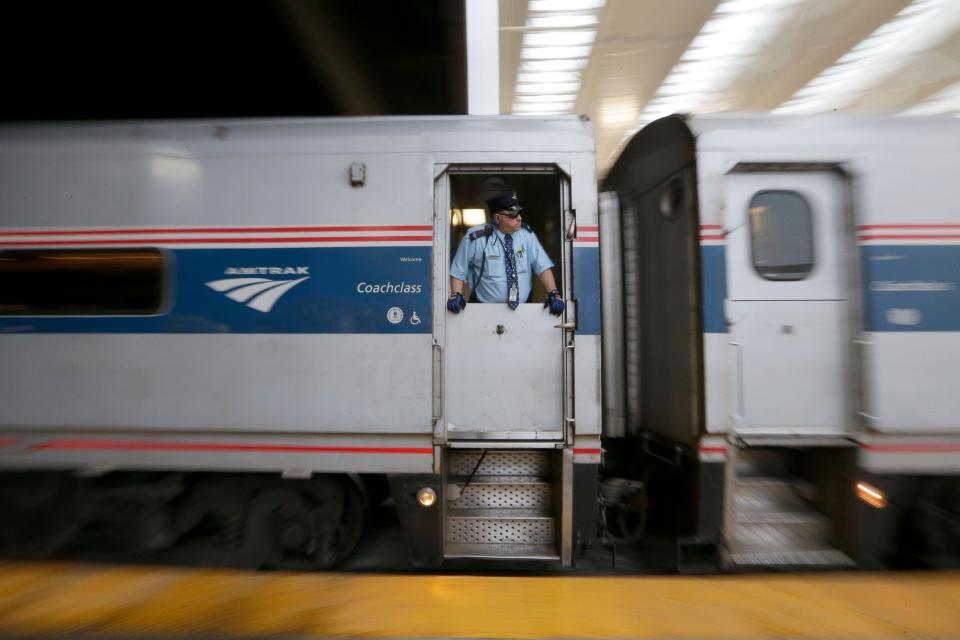
Genrich: Amtrak from Green Bay to Milwaukee, but Oshkosh to Appleton where 'big impact' lies
As Corridor ID launched in 2022, Amtrak also released its "vision" for what passenger rail service from Milwaukee to Green Bay would look like.
The northeastern Wisconsin rail expansion would operate three round trips each day with a Green Bay-to-Milwaukee trip taking just under three hours and the trip from Green Bay to Chicago taking 4 hours, 20 minutes. The service map includes stops in Green Bay, Appleton, Oshkosh and Fond du Lac. Amtrak currently connects Green Bay to Milwaukee via a bus service.
Genrich said the biggest impact wouldn't be Chicago to Green Bay ridership, but the opportunity for train travel within northeastern Wisconsin's major cities.
"The connection between Green Bay and Milwaukee and Chicago is really great, but the more meaningful impact of this service will be between Fond du Lac and Green Bay," Genrich said. "That's where this rail service could have the big impact."
Contact Jeff Bollier at (920) 431-8387 or jbollier@gannett.com. Follow him on Twitter at @JeffBollier.
This article originally appeared on Green Bay Press-Gazette: Amtrak service from Milwaukee to Green Bay, Madison makes a key cut

